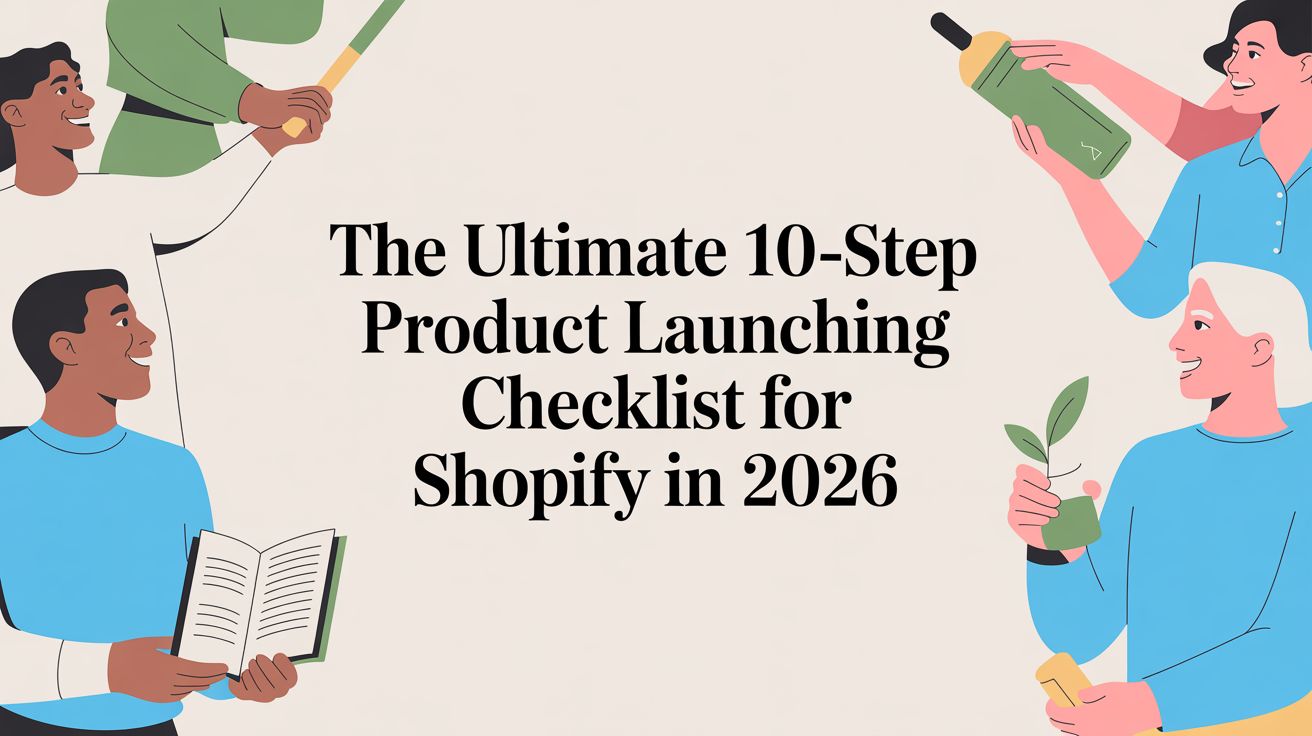
The psychology — and emotion — behind consumer purchases

It’s time to talk about our feelings.
There’s no need to run or look for another blog that focuses on safe topics like logic and science — you’ll get plenty of that here, too. In fact, we’ll be discussing just how much your emotions can impact the way your brain responds to certain stimuli.
When it comes to human emotions, marketers have a lot to gain from learning about their role in consumers’ decision-making — and we aren’t the only ones who think so. Atefah Yazdanparast Ardestani, a professor at Clark University’s School of Management with years of experience understanding the social psychology of consumer behavior, spoke to us about the major influence emotions have on a consumer's choice to make a purchase, stay loyal to a brand and feel connected to a product.
Here’s a firsthand look at our conversation with this emotions-related marketing expert:
Emotions drive consumer purchases
If there's one thing we want you to take from this blog post, it's the following: Emotions drive consumer purchases.
Our feelings provide us with an internal blueprint that helps guide our choices. Ardestani says those motivational emotions even influence consumer buying decisions.
“Emotions are caused by our interpretation of a given situation and how it’s related to our goals. As we are interacting with individuals, situations and things around us we experience different emotions. Research has shown us that motivational properties of emotions are really important to provide that energetic drive that we need to have to get something done or to do an action,” said Ardestani. “Emotions and motivation are really kind of interrelated with each other. We talk about motivation as an inner force that drives us to do a behavior or take action or make a decision, but many times what we can see is that what is really causing that motivation has roots in emotions.”
Ardestani says researchers have narrowed down the means in which consumers make decisions into three different categories: logic, emotion and situation-based decision-making.
“The first or more classic, traditional way was adopted from economics which considers consumers or individuals as rational agents that make logical decisions,” said Ardestani. “However, as consumer research has grown, researchers have realized that this isn’t the case and that many times our decisions are not driven by logic.”
They are, in fact, driven by emotion as detailed in the Feelings-as-information theory, the idea that people use their moods and emotions as a compass for figuring out which decisions they’ll need to make in the future.
“Moods are transient feelings; emotions are staying with us a little bit longer. We can feel happy or sad, positive or negative, but in a second that might change. What this theory says is that when you’re dealing with individuals or dealing with a situation where we need to make a decision we usually ask ourselves, ‘how do I feel about this?’ Especially when information is lacking, we evaluate things by going back to our feelings. So, how we expect we’ll feel about something is what’s going to drive our decision-making,” said Ardestani.
In the case that you don’t experience an emotional or logical reaction from having to make a certain decision, Ardestani says you’ll then rely on the specifics of a situation to help you come to a decision.
“Maybe you don’t have any feelings about something or logically you don’t think that would make sense, but in the situation, you could be under pressure or whatever [sort of scenario you’re in], you base your decision off of what’s happening in that situation,” said Ardestani.
Looking for an example of how these three concepts could play out in real-life situations? Ardestani’s got you covered.
“When we consider products like flowers or chocolates or perfumes, these are products that are considered to be hedonic products so the decision-making process is emotional because part of the evaluation of the product is based on how you feel. Do you like this aroma or scent, or not?” said Ardestani. “However, if you’re looking at products that are considered to be more functional than the decision-making may be more logical.”
No matter what scenario a consumer finds themselves in, they’re sure to use their brains to come to a conclusion that best serves their needs. Ardestani says they will also rely on their emotions whether they realize it or not.
“In any case, if we are making a decision we are very much involved in the process and try to evaluate our options, consider different criteria and compare alternatives on the basis of that criteria. The criteria could be emotionally charged even when we’re considering purchasing high-evolving things such as a house or a car. Even when we think everything is based on logic — you go to a house, you take a tour, you do a test drive — you’ll still say ‘no, I didn’t feel like this was for me.' So you’re still going back to your emotions,” said Ardestani.
How brands can influence consumers’ moods at the point of purchase
We hope you took some time to look over the Feelings-as-information theory. It’ll be helpful for this next chunk of knowledge.
As a reminder, the theory lets us know that it’s in our instinctual nature to refer back to our feelings whenever we’re thinking about making a new decision. That includes making a purchase with a brand.
You can help steer a consumer’s decision in your favor by creating an optimal space that will make customers feel good about interacting with your brand. Ardestani says you can do that by being intentional with your branding.
“Marketers need to create an experience where people feel positive emotions that will increase their evolution of the product and possibly entice them to make a purchase. Some strategies could be focusing on the store layout or if it’s online focusing on the e-store layout with the artistic scheme, the music, the lighting, even the decor. If it’s a website, focusing on things that make the site feel social and warm,” said Ardestani. “I did this online research once where we had this website that featured a chat option at the bottom right-hand corner where you can chat with an agent and sometimes they’re not real people and sometimes they are. The picture icon that appeared on the screen was someone that looked so serious and we changed it to someone who looked more approachable and it really changed the way people interacted with the chat-box.”
Brand messaging is also a key player in pushing customers towards your products or services. Tapping into the right emotions with your word play can be the difference between a sale or a lost customer.
“Even information about the products should be presented in a way where the emotional experience of using the product is presented first. Encourage people to imagine themselves using the product and the feelings it produces because your imagination can result in psychological ownership. Even if you do not own something yet, the fact that you imagine yourself using it gives you a sense of perceived psychological ownership,” said Ardestani.
How brands can influence consumers’ moods after the point of purchase
We talked to you before about how important quality is when it comes to selling your products and services. Interestingly enough, quality service also has its relationship to human emotions.
When asked how brands can influence consumers’ moods after the point of purchase, Ardestani says you must focus your attention on satisfying your customers.
“It really depends on the expertise the customer has with the product or service. It really goes back to the whole idea of satisfaction, but how do you reach satisfaction? Satisfaction is the result of comparing perceived expectations with perceived performance. So before I purchase something I have some expectations about how this product or service will perform and part of that is the job of marketers. We as marketers can create the expectation with our promotional messaging or whatever we claim about the product. We are actually planting the seed in people’s minds about how this product or service is going to perform,” said Ardestani. “These expectations might be realistic or they might not be realistic. If they are realistic that means that when the customer actually purchases the product or service and starts using it the performance will match the expectation so we would have satisfied customers. If we overpromised and underdelivered, now the expectation does not meet the level of performance [promised] so that would create dissatisfaction and dissatisfaction would result in negative emotions.”
As we all know, human emotions aren’t cut and dry. There are other outcomes that could take place such as being incredibly satisfied with a product or service.
“The other thing that could happen is that the product’s performance goes above and beyond the perceived expectations and that’s when you have delighted customers — it’s a level above satisfaction. That, of course, is going to cause a lot of positive emotions but what marketers need to focus on is making sure that whatever expectation they are creating or promoting is realistic,” said Ardestani. “Even if a [falsified] promotion results in a sale because you promoted a level of performance people would be excited about, if after the purchase happens the customer isn’t happy because the performance did not meet expectations, you’re not going to have repeat purchases. It would be a one-time sale and that’s not something that, in today’s competitive market, is going to work.”
Emotions are a driving force and we can see their powerful impact in the way consumers respond to certain products, services or brand communications. Leveraging human emotions correctly in your marketing efforts can dramatically influence the way consumers view your brand and the connection they have to your products or services.

Lindsay Keener is a brand journalist for Quikly. She covers stories that help to inform and educate consumer-facing marketers.

